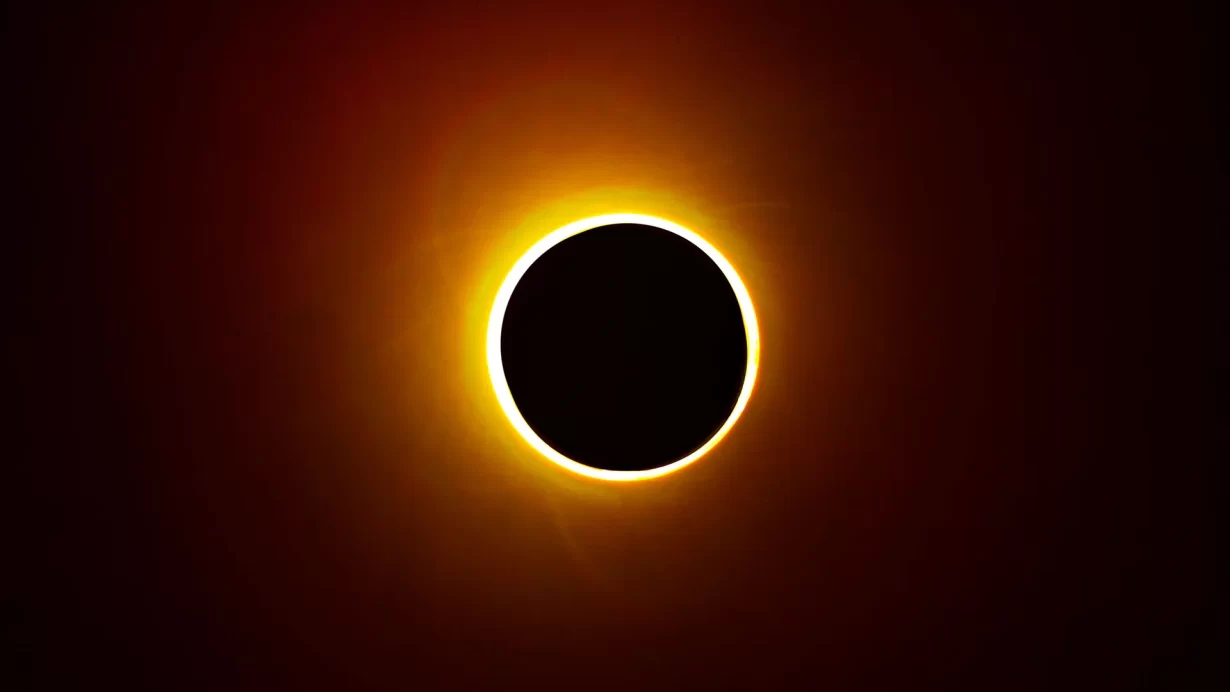Coming to skies near you on Monday, April 8, 2024
On Monday, April 8, 2024, a total solar eclipse will cross North America, passing over Mexico, the United States, and Canada. Weather permitting, our entire continent will see at least a partial eclipse and some of the U.S. will be able to see the full eclipse as it moves from Texas in a northeasterly direction through the midwest and into the northeast. (Dallas TX, Little Rock AR, Bloomington IN, Dayton, Akron and Cleveland OH, Erie PA, and Buffalo and Syracuse NY are a few of the cities that will experience total eclipse)
Click here to see the Nature Watch Eclipse Safety Glasses Activity Kit
For educators and parents alike, this presents a unique opportunity to turn the heavens into a classroom and teach kids about the wonders of our solar system. In this blog post, we’ll explore creative and engaging ways to impart knowledge about the upcoming eclipse to young minds, fostering a love for science and a sense of wonder.
1. Understand the Eclipse Basics:
Before diving into teaching, it’s essential for both educators and parents to grasp the basics of a solar eclipse. A total solar eclipse occurs when the moon completely covers the sun, casting a shadow on Earth. Understanding the science behind this event will allow adults to explain it in simpler terms to children.
2. Create Eclipse Crafts:
Kids often learn best through hands-on activities. Nature Watch offers a Solar Eclipse Activity Kit for Kids! Engage them in crafting sessions where they can create their own solar eclipse models using simple materials like paper, glue, and paint. This not only enhances their fine motor skills but also helps them visualize the alignment of the sun, moon, and Earth.
3. Explore the Science Behind It:
Break down the scientific concepts involved in a solar eclipse in a way that is accessible to children. Use visual aids, diagrams, and simple language to explain how the moon orbits the Earth, why eclipses occur, and what makes this event in April 2024 so special.
4. Solar System Scavenger Hunt:
Turn learning into an exciting game by organizing a solar system scavenger hunt. Create clues related to the sun, moon, and Earth, leading kids to different stations where they can learn more about the celestial bodies and the upcoming eclipse.
5. Stellar Storytime:
Introduce kids to eclipse-related stories and books that cater to their age group. Whether it’s a picture book depicting the magic of a solar eclipse or a more detailed narrative explaining the science, reading together can make the learning experience enjoyable and memorable.
6. Virtual Observatory Tours:
Take advantage of the digital age by embarking on virtual tours of observatories or space agencies. Many institutions offer online resources and virtual tours that allow kids to explore telescopes, learn about space missions, and witness past eclipses.
7. Safe Solar Viewing:
Stress the importance of safety when observing a solar eclipse. Teach kids about the potential harm of looking directly at the sun and demonstrate how to use proper solar viewing glasses or DIY pinhole projectors to safely witness the event.
Our Nature Watch Eclipse Kit provides students with an opportunity to decorate their very own eclipse viewing glasses!
8. Eclipse Viewing Party:
Plan an eclipse viewing party for the big day. Whether at home or school, gather kids to witness the celestial spectacle together. Provide snacks, eclipse-themed decorations, and encourage discussions about what they’ve learned leading up to the event.
The April 2024 eclipse is not just a cosmic event; it’s an educational opportunity that can inspire a lifelong love for science. By engaging kids in creative, hands-on activities and providing them with a foundational understanding of the science behind eclipses, educators and parents can contribute to a generation of curious minds eager to explore the wonders of the universe. So, let’s turn our gazes skyward and transform the upcoming eclipse into a celestial classroom that sparks the imagination of young learners.

